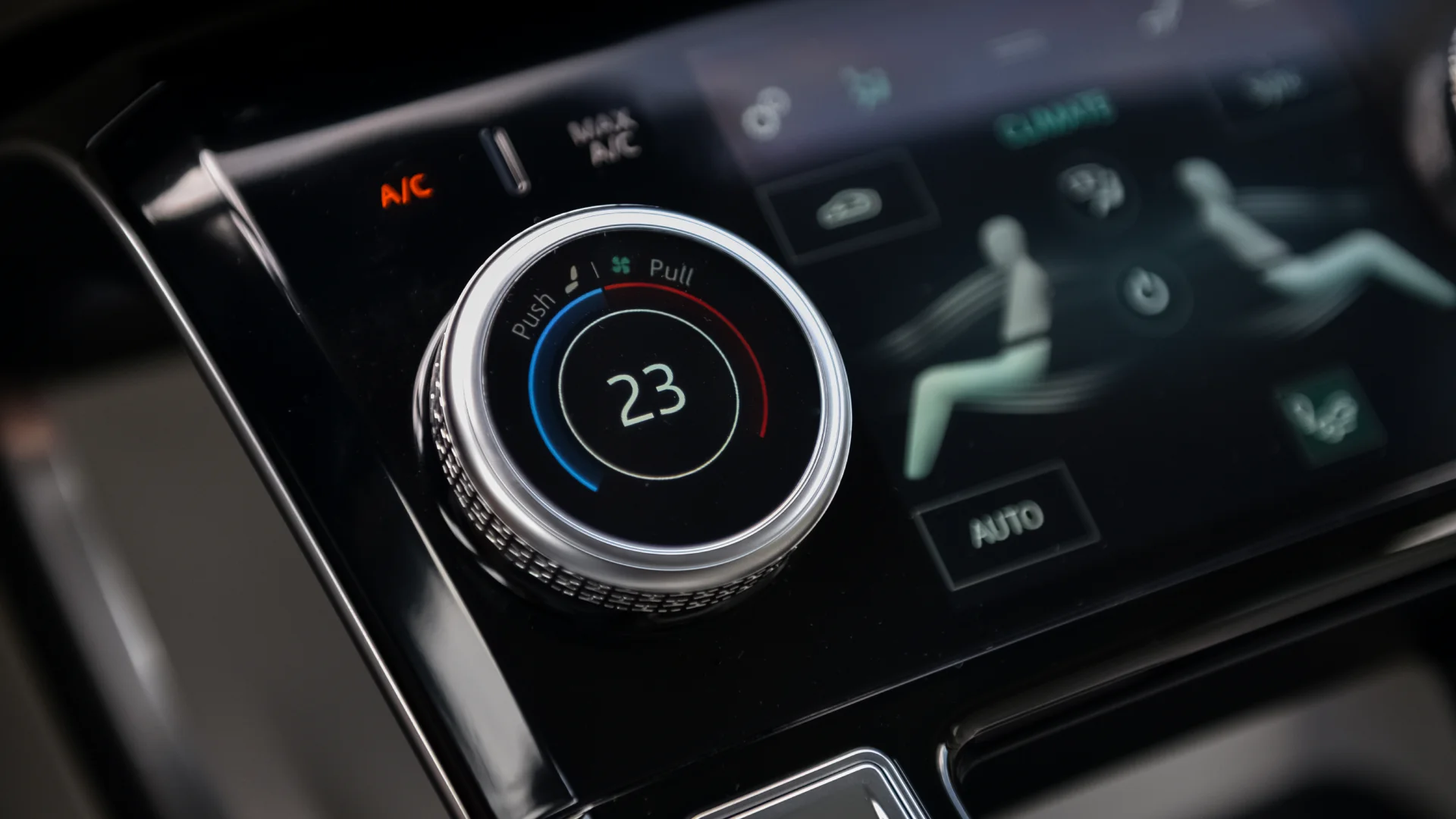In the modern era of automotive design, the transition from petrol-powered cars to electric vehicles (EVs) represents a significant shift, not only in propulsion technology but also in various ancillary systems, most notably in air conditioning. This article sheds light on the key differences in air conditioning systems between electric and petrol cars, providing an understanding of how these differences impact vehicle performance, efficiency, and passenger comfort.
The Basics of Air Conditioning in Cars
Before delving into the differences, it’s essential to understand the basic mechanism of car air conditioning. Traditional air conditioning systems in petrol cars operate on a compressor-driven system, which relies on the engine’s power to compress and circulate refrigerant through the system. This process involves a refrigerant changing from a liquid to a gas and back again, absorbing heat from the car’s interior and releasing it outside, thus cooling the cabin.
Air Conditioning in Petrol Cars
In petrol cars, the air conditioning system is typically driven by a belt connected to the engine. When you activate the air conditioning, the compressor engages, drawing power from the engine. This setup has a notable impact on the vehicle’s fuel efficiency, as the engine must work harder to accommodate the extra load. This is particularly evident during idling or slow-moving traffic, where the air conditioning can lead to a noticeable increase in fuel consumption.
Air Conditioning in Electric Cars
The scenario in electric cars is quite different. EVs lack a traditional combustion engine, which necessitates an alternative method for powering the air conditioning system. Most EVs use electrically driven compressors, which are powered directly from the vehicle’s battery. This approach offers a significant advantage in terms of energy efficiency, as electric compressors can be regulated more precisely and operate independently of the vehicle’s speed or motor operation.
However, this efficiency comes with a caveat. The use of battery power for air conditioning in EVs can impact the vehicle’s range. When the air conditioning system is in use, it draws energy from the same battery that powers the car, which can reduce the overall driving range. Manufacturers are continually working on improving battery capacity and system efficiency to mitigate this impact.
Technological Advancements in EV Air Conditioning
To address the range issue, many electric vehicles now incorporate advanced climate control technologies. One such innovation is the heat pump system, which is more efficient than traditional electric heating and cooling methods. Heat pumps work by transferring heat from the outside air to warm the cabin, requiring significantly less energy than generating heat directly from the battery.
Additionally, some EVs use pre-conditioning systems, allowing the cabin temperature to be adjusted while the vehicle is still plugged in, reducing the energy demand on the battery once the car is in motion.
Comparative Efficiency and Environmental Impact
It’s also worth discussing the environmental aspect of air conditioning in both types of vehicles. While petrol cars’ air conditioning systems can increase fuel consumption and, consequently, emissions, the impact of air conditioning in EVs is primarily on the electricity source. If the electricity used to charge the EV comes from renewable sources, the overall environmental impact is considerably lower.
Comfort and Convenience
From a comfort perspective, both systems are capable of providing a pleasant in-cabin experience. However, the noise level is generally lower in EVs, as the electric compressor operates more quietly compared to the belt-driven system in petrol cars.
Conclusion
In conclusion, while the basic principle of air conditioning remains consistent across petrol and electric vehicles, the differences in their mechanisms highlight the ongoing evolution in automotive technology. As the automotive industry continues to innovate, particularly in the realm of electric vehicles, these systems are expected to become even more efficient and environmentally friendly. Understanding these differences not only helps in making informed decisions as a consumer but also in appreciating the technological advancements shaping the future of automotive design.







